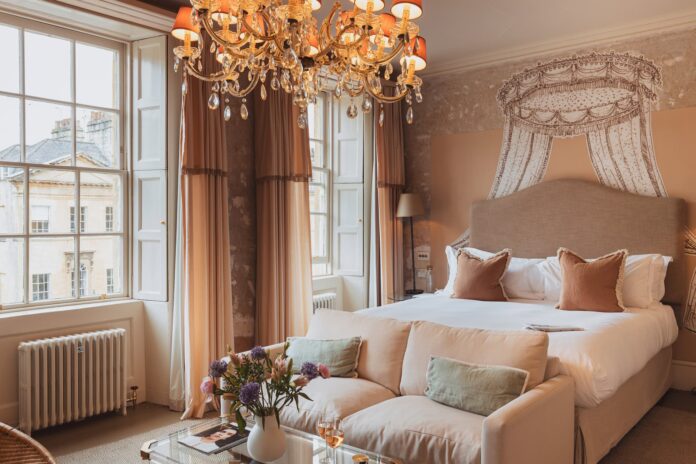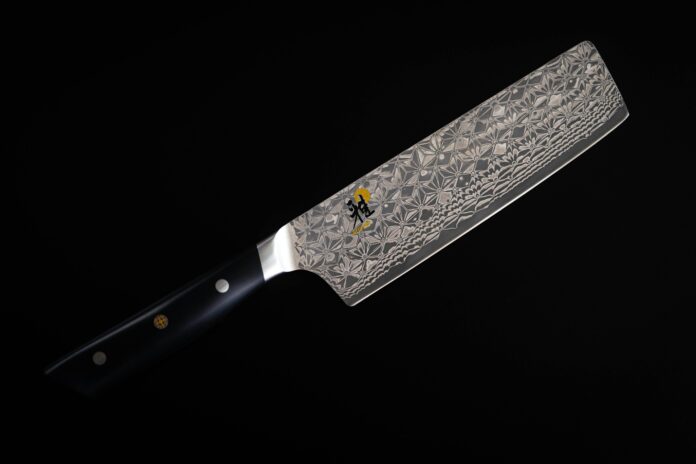Thailand’s appeal to expatriates goes far beyond the usual travel brochure promises. Yes, there are the powdery beaches, Michelin-recommended street food stalls and stunning temples – but what’s drawing a new generation of long-term residents is something more practical: the chance to build a comfortable life without depleting their savings.
From bustling university towns to quiet coastal provinces, certain spots in Thailand offer that rare combination of quality infrastructure, cultural depth, and genuine value for money. Here’s our pick of the just 8…
Chiang Mai: Northern Capital, Modern Workspace
The evolution of Chiang Mai from backpacker stopover to international creative hub has been remarkable. The city’s old quarter, with its crumbling brick walls and quiet temple courtyards, now shares space with minimalist co-working spaces and third-wave coffee roasters.
A modern one-bedroom flat in the fashionable Nimman area will typically cost £600-800 monthly, and things get even more affordable if you zoom out just a little to the adjacent Santitham neighbourhood.
The city balances innovation with tradition: you might start your morning with a bowl of khao soi from a decades-old street cart (still around £1), spend your afternoon coding in an air-conditioned workspace, and end the day at a contemporary art gallery opening. Living costs run about 40% below Bangkok’s, yet the city maintains a sophisticated infrastructure of international grocers, medical facilities, and restaurants.
Read: Where to eat in Chiang Mai








Ubon Ratchathani: The Hidden Gem Of Isaan
Ubon Ratchathani remains one of Thailand’s most culturally authentic cities, largely untouched by mass tourism and all the better for it. The northeastern provincial capital runs on local rhythms – morning markets that wind down by sunrise, impromptu street football matches at sunset, and night markets where Thai remains the primary language. A modern apartment here costs £400-500 monthly, and that sum buys more space than you’d imagine.
The city’s location, near the confluence of the Mun and Mekong Rivers, shapes both its culture and commerce. Local markets reflect centuries of cultural exchange with Laos and Cambodia, while a growing number of international schools and hospitals signal the city’s gradual internationalisation.
Yet Ubon remains remarkably affordable, especially for those willing to adapt to its unhurried pace and embrace its distinctive Isaan character. For anyone seeking authentic Thai life without the typical expat bubble, Ubon presents a compelling alternative to more well-trodden paths. The fact that the duck laab here is the best in the world is an added bonus, of course.
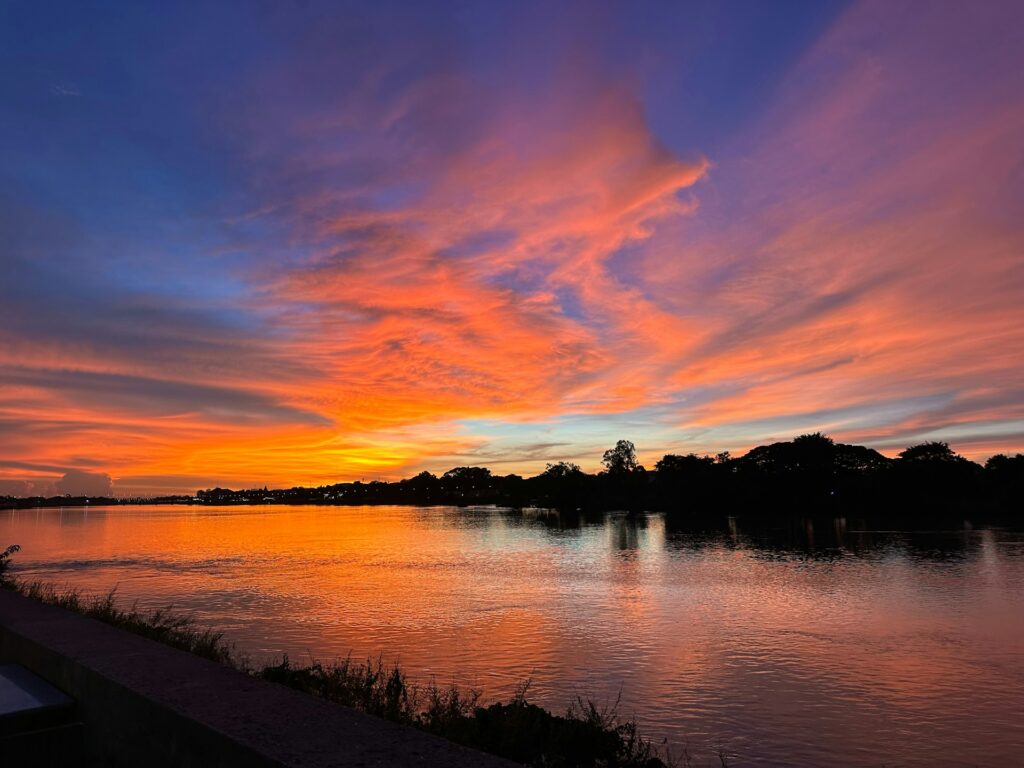




Hua Hin: Seaside Living With Sophistication
Hua Hin presents an interesting case study in Thai urban development. Once a quiet fishing village turned royal retreat, it’s now finding its footing as a cosmopolitan coastal city. Long-term rentals in modern condominiums with sea views typically range from £700-1,000 monthly. The further inland you go, the more prices reflect local rather than tourist economies.
The city’s infrastructure has grown to match its population: international hospitals now rival Bangkok’s, shopping centres stock imported goods, and golf courses dot the outskirts. But unlike Phuket or Pattaya, Hua Hin maintains a distinctly Thai character. The morning market still serves primarily local customers, and street food vendors outnumber international restaurants. This balance makes Hua Hin particularly attractive for retirees and families seeking a coastal lifestyle without sacrificing urban conveniences or cultural authenticity.
For those considering Thailand real estate for investment, Hua Hin’s steady appreciation and reliable rental market make it worth serious consideration.
Read: 7 beaches less than a 3 hour drive from Bangkok



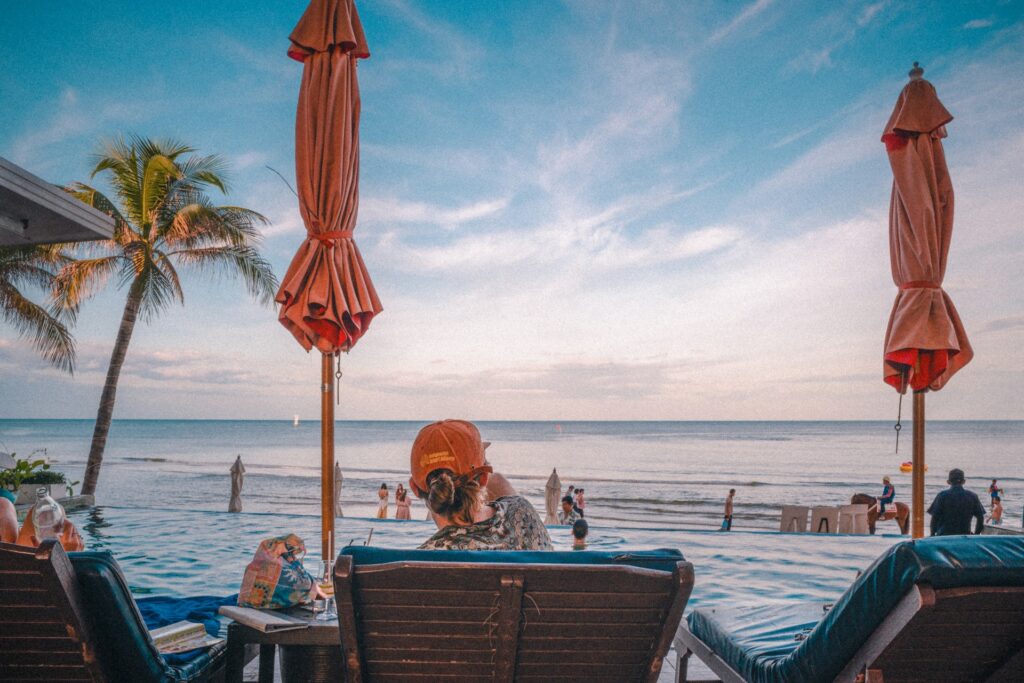


Nakhon Ratchasima (Korat): The Up & Coming Urban Hub
Korat functions as the northeast’s unofficial capital, a role reflected in its rapid evolution from sleepy provincial center to dynamic metropolis. A two-bedroom house in a good neighborhood runs £500-700 monthly, while the city’s expanding light rail system is making outlying areas increasingly accessible.
The city’s size supports a full range of urban amenities – shopping centers, international schools, specialized medical care – without the premium pricing found in more tourist-oriented locations. Its position at the edge of the Isaan plateau means weekends can alternate between exploring ancient Khmer temples and hiking in national parks.
For families especially, Korat offers an increasingly compelling package: urban convenience, cultural authenticity, and costs that allow for a genuinely comfortable lifestyle.



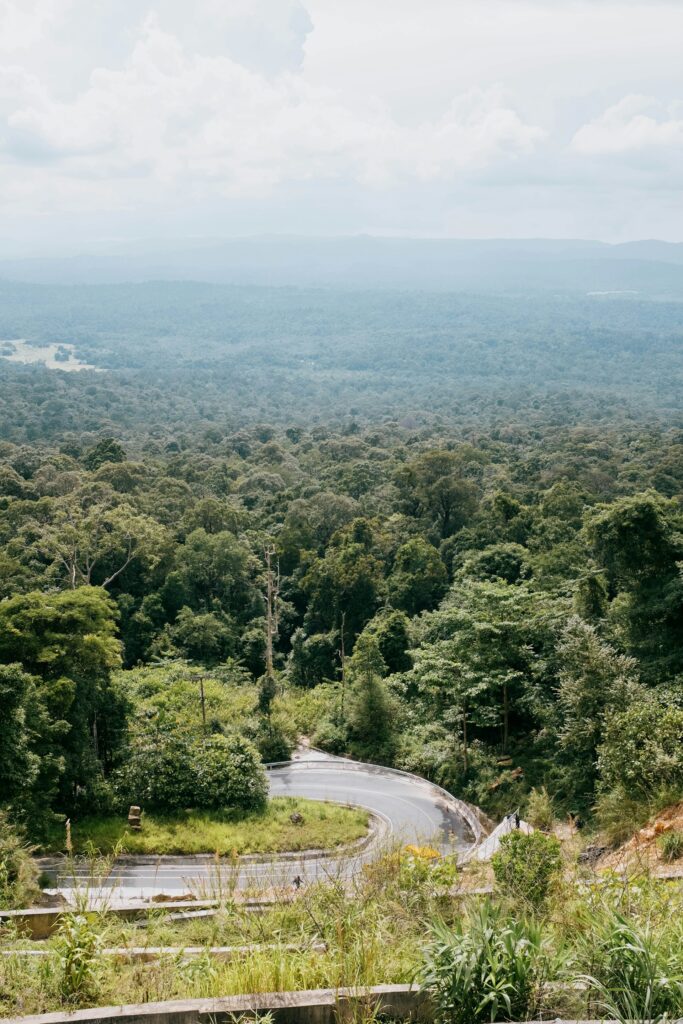
Trat: The Coastal Province With Hidden Potential
The province of Trat offers an intriguing proposition for those seeking coastal life without tourist-driven inflation. The provincial capital serves as a springboard to islands like Koh Chang and Koh Kood, while maintaining mainland practicality. A modern two-bedroom house here typically rents for £500-600 monthly, basic apartments from £350.
The province’s location near Cambodia has attracted development interest, particularly in logistics and trade. For residents, this means improving infrastructure without the rapid price increases seen in other coastal areas. The combination of accessible islands and growing cross-border commerce suggests Trat might offer both lifestyle benefits and investment potential.
Those willing to be early adopters in this emerging area might find themselves well-positioned as the region develops, while enjoying the benefits of a laid-back coastal lifestyle at mainland prices.



Phitsanulok: Central Thailand’s Educational Hub
Phitsanulok embodies central Thailand’s particular mix of agriculture and academia. Home to two major universities, the city strikes a balance between educational hub and provincial capital. Modern condominiums in central areas range from £450-700 monthly, with similar prices for houses in residential districts.
The city’s role as a transport nucleus puts Bangkok within easy reach while keeping local prices stable. International schools and hospitals cater to a growing professional class, while the surrounding countryside offers everything from rice fields to mountain trails. For academics, teachers, and families prioritising education, Phitsanulok provides an intellectually stimulating environment without the financial pressures of larger university cities.
The growing international student population has brought with it a flourishing café culture and arts scene, adding contemporary flair to this historic city.
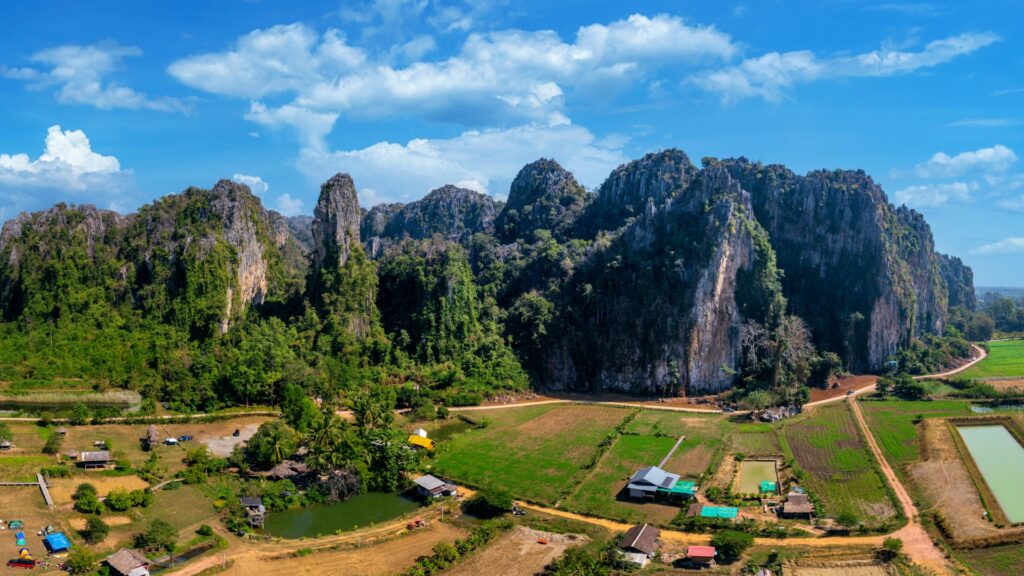



Chonburi: Industrial Powerhouse With Coastal Charm
Just 90 minutes from Bangkok, Chonburi province presents a compelling case for professionals seeking proximity to Thailand’s industrial heartland without capital city prices. The area encompasses everything from the manufacturing hub of Amata City to quiet fishing villages, with rental prices varying accordingly. A modern two-bedroom apartment in central Chonburi city typically costs £500-700 monthly, while similar properties in the more developed areas near industrial estates might reach £700-900.
The province’s role in Thailand’s Eastern Economic Corridor has brought substantial infrastructure investment, including expanded highways and plans for high-speed rail links. International schools, Japanese supermarkets, and specialized medical facilities cater to the growing expatriate professional community.
Meanwhile, local beaches like Bang Saen offer weekend escapes without tourist-inflated prices, and the seafood markets remain some of the most authentic in the eastern seaboard. For those whose work brings them to Thailand’s industrial sector, Chonburi offers the rare combination of career opportunities and affordable coastal living.



Property Investment: Understanding The Landscape
Thailand’s property market comes with distinct challenges for foreign buyers. The legal framework restricts foreign ownership of land, though several options exist:
- Condominium purchase within the 49% foreign – soon to rise to 75% – ownership quota per building
- 30-year renewable leasehold structures for houses (though this is soon to change to 99 years)
- Company formation (with specific requirements and restrictions)
Current condominium prices in these locations range from £50,000-150,000 for modern units, with Chiang Mai and Hua Hin commanding premium rates. Legal counsel isn’t optional here – it’s essential for navigating the complex regulations that vary by location and property type. While property can be an excellent investment in Thailand’s growing economy, success requires careful due diligence and a thorough understanding of both local markets and legal frameworks.
The Bottom Line
While these locations offer compelling value, choosing purely on cost can prove short-sighted. Consider the full economic picture: visa requirements, healthcare access, transport links, and professional opportunities. Many expatriates find that paying more for a well-connected area ultimately proves more economical than dealing with the limitations of cheaper, isolated locations.
The key lies in finding equilibrium – a place where cost, comfort, and opportunity intersect. While living costs in these locations run significantly below Western averages, maintaining a financial buffer remains crucial. Thailand rewards those who take time to understand its complexities, both cultural and economic. Success here often means balancing immediate savings against long-term livability, and being prepared for the occasional challenge that comes with life in a developing economy.
The good news is that Thailand still offers genuine opportunities for those seeking to build a comfortable life on a modest budget. The key is choosing your location wisely, understanding the true costs beyond just housing, and approaching the move with both enthusiasm and pragmatism. And in the end, there’s always the mighty Bangkok if none of these places will do…

